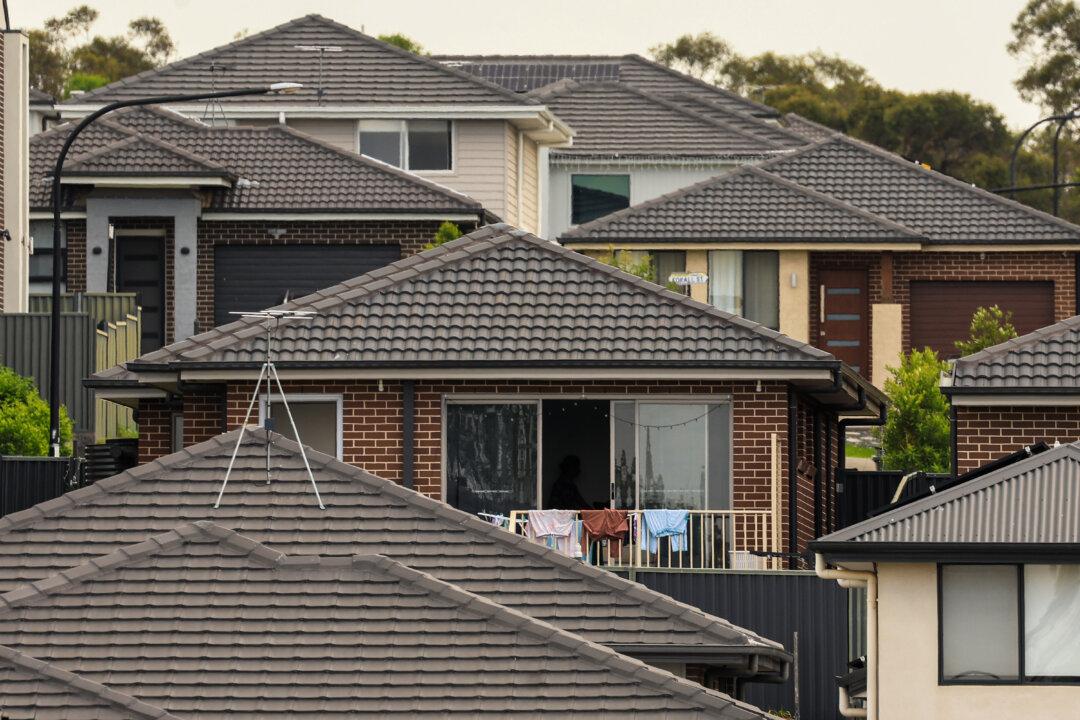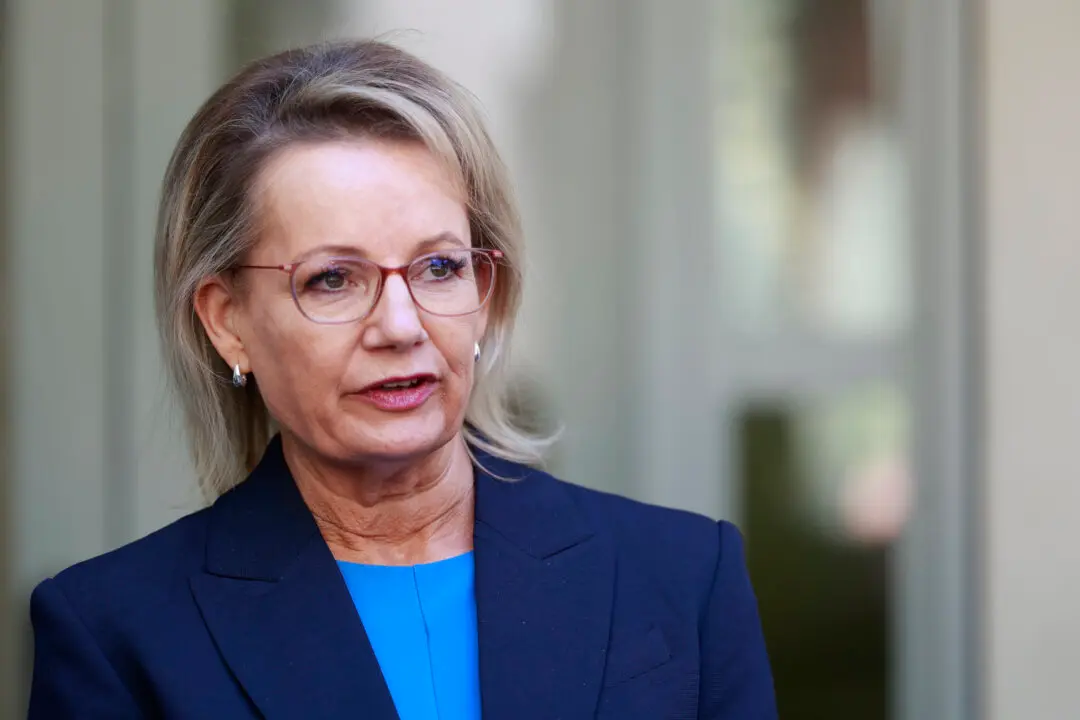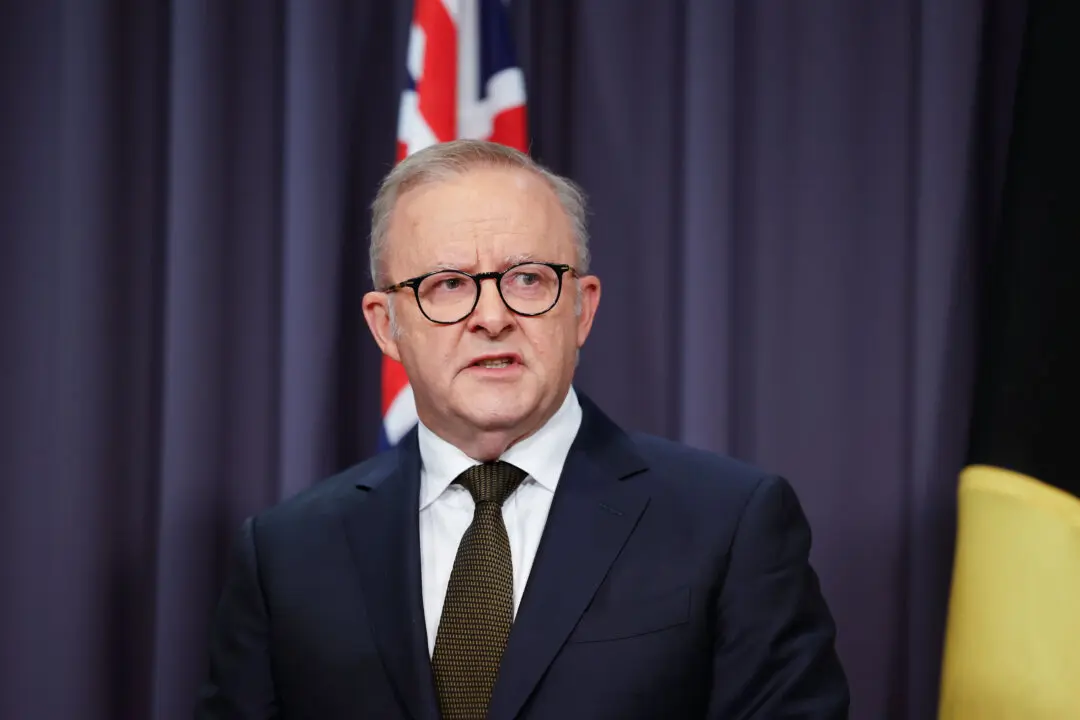Australian renters are continuing to feel the strain as the national median rent nudged up once again in April, despite broader signs that the country’s overheated rental market may finally be cooling.
New data from Rent.com.au released on May 6 shows that the national median rent rose by $5 to $630 per week—just above inflation and matching the previous increase seen in January.





